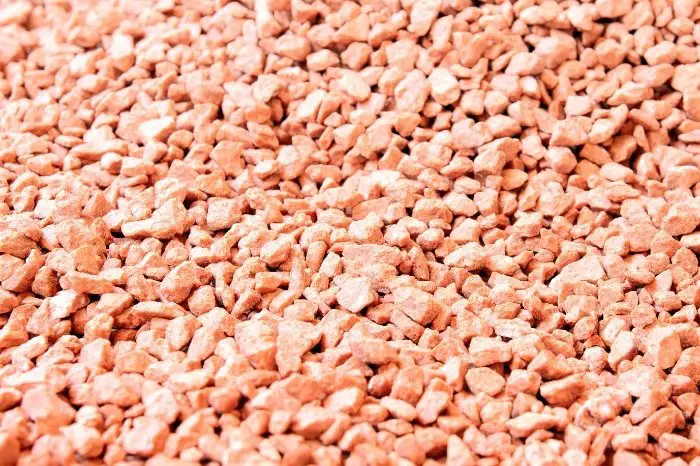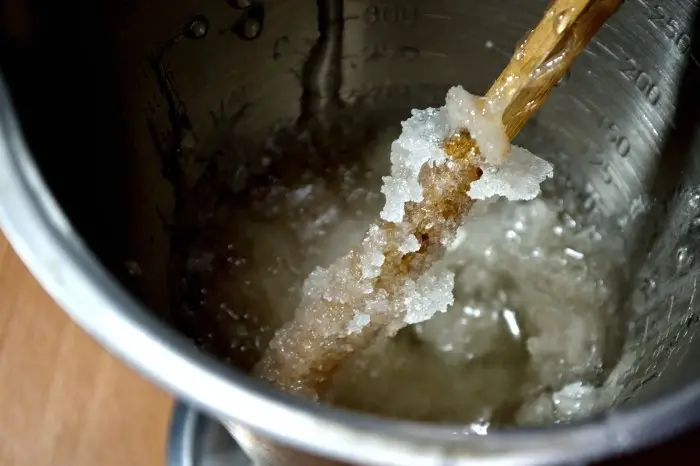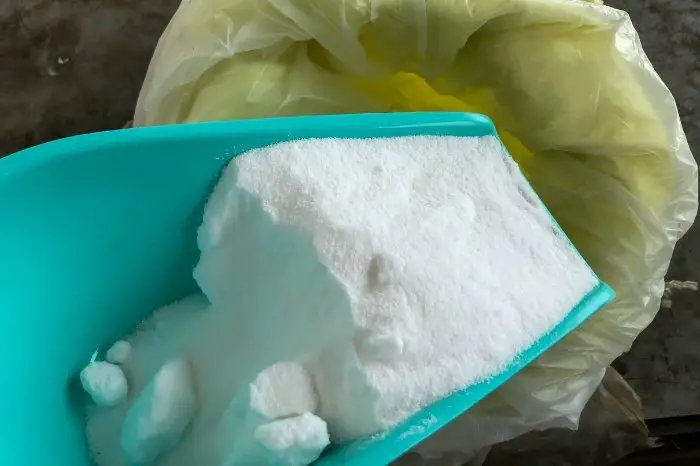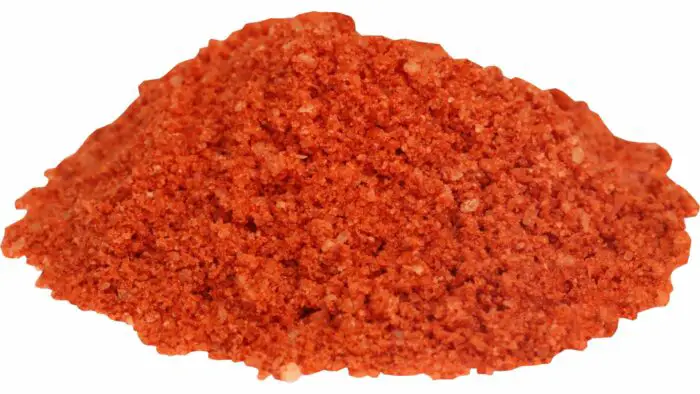Last Updated on March 2, 2023
Potash is derived from the word potassium and it is also referred to as fertilizer potassium. Potash is a natural element or a natural nutrient for both plants as well as human beings. How to make potash is what we would like to talk about.
This natural element is essential for plants as well as humans to get adequate nutrition to grow properly. Historically, potash has been used to make soap and glass. It has also been used as a drying agent in food and as an animal feed ingredient.
Even though potash is fairly easy to make, it can still require a little effort to know how to go about it. Now, in this article, we will give you a step-by-step guide on how to make potash, so keep on reading for some insight on this.
But before we look into how to make potash, let’s quickly look into some information on potash.
About Potash
Potash is also known as the potassium salt. It comes from an early production technique whereby potassium was leached from wood ashes. Then the resulting substance was then concentrated by evaporating the leachate in big iron pots (“pot-ash”).
So, in those days, potassium is usually extracted from the ashes of burnt wood. However, this practice is no longer used due to several environmental issues.
The very first patent in the US is potash. It was first patented in 1790 and it still remains an essential product today.
Potash is primarily used as an agricultural fertilizer and this is mainly because it is a great source of soluble potassium. This potassium is one of the main plant macronutrients alongside nitrogen and phosphorus (i.e. NPK).
This potash can be used in making soap and textiles softer. Potash can be used as a fertilizer to improve your garden soil nutrient. It can also be used in the prevention of plant diseases or you can use them as an insecticide by applying them to bugs directly.
Sources Where Potash Are Derived From
Since the old way of deriving potash is not safe and unreliable, where then does today’s potash come from? Here are two ways potash is sourced:
-
From Ancient Sea
A time came when an ancient sea dried up. Then the marine salt concentration on the resulting dry land left an abundant residue of minerals and this mineral included potash. This residue is found in the dead sea of Israel and it has produced valuable sources of potash with ICL. They are one of the world’s top producers of potash that sells over 4.5 million tons yearly.

-
Mining
Another source of potash fertilizer is from mining a variety of geological potassium salt deposits around the world. Now, these are then processed to take out impurities and then converted into a variety of fertilizers.
There is also another mining operation that occurs in Catalonia, Spain through its subsidiary, ICL Iberia Suria and Sallent (IBP).
How to Make Potash: Guide to Follow
Follow this procedure to learn how to make potash:
Step 1: Addition of water and nitrate
Use a measuring cup of 100 milliliters to measure water, then use another measuring cup to measure 40mg of nitrate. Then pour it into the cup.
Step 2: Stir completely
Pour the mixed solution above into a beaker and begin to stir slowly until it mixes completely.
Step 3: Get a hot pan to pour into
Use filter paper to sieve the solution and ensure there are no insoluble particles left. Then get a saucepan and pour the solution into it (water and nitrate). Then begin to heat it.
Southern Ag Sulfate of Potash 0-0-50, 5 LB Size: 5 LB
Step 4: Potassium chloride addition
Get 37 gms of potassium chloride and slowly pour it into the saucepan and begin stirring the solution until all is mixed. Make sure you maintain the heat at a medium temperature range and avoid boiling the solution. Then keep on stirring.
Step 5: Filter then freeze
After properly mixing the solution, get another filter paper and filter the solution into a freezer-safe container. Again, make sure no solid particles are left out.
Step 6: Crystallization
Once you’ve placed the solution into the freezer, crystallization will begin to form. Then you can take out the container from the freezer once you’ve noticed the total solution has turned completely crystal.
Step 7: Excess liquid should be drained out
You should drain out the extra liquid. So, in case you see some liquid residue at the bottom of the container, you should just drain out the extra liquid. This is to further ensure that no liquid is left and all you’ve got is crystal.

Step 8: Dry the crystal
Next, allow the crystal to dry for a while. Then once they are finally dried, the dried crystal can be applied to your plant as a potash fertilizer.
So, there you go. You can see how easy it can be to make potash fertilizer with the right knowledge.
Sources of Potash From Nature
There are some excellent sources of potash from nature, and they include:
- Potassium sulfate (K2SO4)- Sulfate of potash
- Potassium Chloride(KCl)- Muriate of Potash
- Potassium thiosulfate (K2S2O3)
- Potassium-magnesium sulphate(K2SO4-2MgSO4)
- Potassium nitrate (KNO3)
The potash or potassium content present in each of the fertilizers mentioned above is pretty nutritious for plants no matter the source. However, the only difference between each of the fertilizers listed above is the element that follows the potassium compound.
You should also note that each of the added elements has its own function and acts differently when supplied to crops as fertilizers.

How to Make Potash From Wood Ashes
You can make your own potash in a range of ways. While you can buy it, it’s super easy to make yourself and you need very few products to make it happen. While wood ash is the most common type of ash to use, you can also use other plant ashes, such as ashes from vines, bean stalks, ferns, and thistles. For wood ash, the best wood ash to use is either from coniferous or deciduous trees.
This guide will make around 60g of potash. For this, you’ll need the following products:
- 400g of wood ash (either from coniferous or deciduous trees)
- 4L of drinking water
Now all you need to do is:
- Add both the wood ash and drinking water to a pot and leave for around 10-12 hours. After this time, stir.
- Next, you’ll need to use filter paper to filter the mixture. Alternatively, you can bring it to a boil in the pot it’s in.
- Once you have a clear mixture, boil on medium heat and heat until the water has completely evaporated. You should stir often throughout. At this point, a powder should be left behind. This is your potash!
- Store your potash in an airtight container in a cool, dry place for the best results.
What is the Ash Composition of Potassium Hydroxide?
This is simply the fancy name for potash. Wood ashes contain both potassium hydroxide and potassium carbonate. Because of the high amount of potassium and the use of ashes, this is how it gets the name potash.
Advantages of Potash
When it comes to potash, there are many advantages and reasons why you’ll want to add it to your garden. Let’s take a closer look.
- Potash is a natural resource, as opposed to chemical fertilizers, which is one of the main appeals of the product
- You can easily make this natural fertilizer yourself at home
- If you do buy it, it’s much more affordable than other fertilizers
- It’s easy to use on your plants
- It’s considered a nontoxic product
- It’s renewable, which means that it’s much better for the environment than say chemical fertilizers
Disadvantages of Potash
While there are many advantages of potash, like most things in life, it does come with some disadvantages and negative effects too. It can cause problems for both animals and people. Let’s take a closer look.
As the name suggests, it has a high amount of potassium. Unfortunately, if not used correctly, potassium can cause hyperkalemia. This simply means an abundance of potassium in your body. This can cause a range of problems to your body, and in the most extreme cases, can even cause death.
In terms of the problems it can cause with your plants, potash can either make your soil too alkaline or too acidic – yes, it can cause either! If you have too much acid in your soil, it may mean your plants don’t grow as well as they should. And if you have too much alkaline in your soil, they may simply cease to grow, period!
While there are a few disadvantages of potash, I believe the advantages far outweigh the negatives. Just be sure to use your potash correctly.
Final Thoughts: How to Make Potash
Potash is a type of fertilizer that is very useful when added to our garden crops and it can also be referred to as potassium.
Apart from adding them to our plants as fertilizers, there are also other uses for this substance. For instance, it can be used as a drying agent for food, it can be used for making soaps or glass, and you can also use it as animal feed.
In this article, we have given you a step-by-step guide on how you can make potash. So, we do hope we have been able to enlighten you on the question: of how to make potash.
Do you have any tips and tricks when it comes to making potash? If so, please feel free to let us know in the comments below. And remember, sharing is caring!
FAQs
How to make potash fertilizer?
As of today, potash fertilizer comes from either underground or solution mining. Using mining method, a variety of geological potassium salt deposits around the world is mined to derive potash fertilizer. Then from the bottom of the sea when dried up, the residue minerals left from the dried sea contains also potash.
How to make liquid potash fertilizer?
Banana peels with 3 eggshells should be dried. Then combine them with Epsom salt and grind the mixture into powder form. Add water into the powder. Shake and water your plants with this liquid potash.
How to make potash from wood ashes?
Burn some woods in an enclosed area. An extra tip is not making use of any tree branch as this will leave to become black ashes. Then make sure the woods burn to about 2 hours and you can have your potash.
How to make organic potash fertilizer?
You can make organic potash fertilizer from hardwood ashes, kelp meal, and green-sand. Making a homemade organic potash fertilizer reduces wastage and the best part is that it does not require measuring or mixing ingredients.

Eunice is an enthusiastic gardener with a passion for growing beautiful flowers. She loves nothing more than spending time in her garden, tending to her plants and enjoying the outdoors. Eunice has been gardening for over 15 years and has developed a unique style of landscaping that is both practical and aesthetically pleasing. She is especially fond of growing roses and enjoys experimenting with different varieties and colors. Eunice takes great pride in her garden and often shares the fruits of her labor with friends and family. In her spare time, she enjoys reading gardening magazines and attending local horticulture events. Eunice is passionate about her hobby and is always eager to share her knowledge and experience with others.


